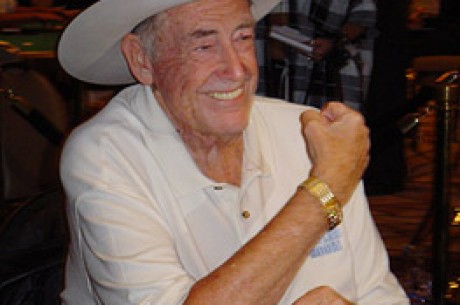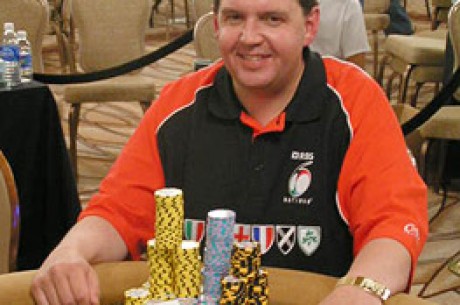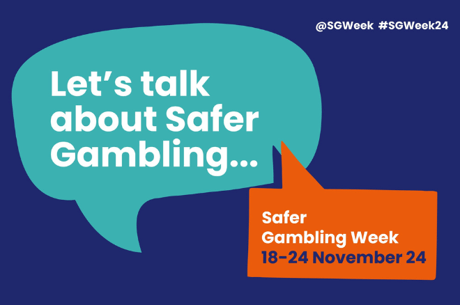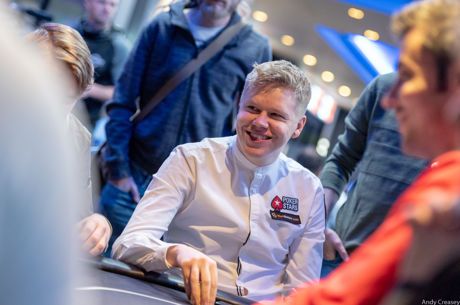Tournament Poker In The 21st Century
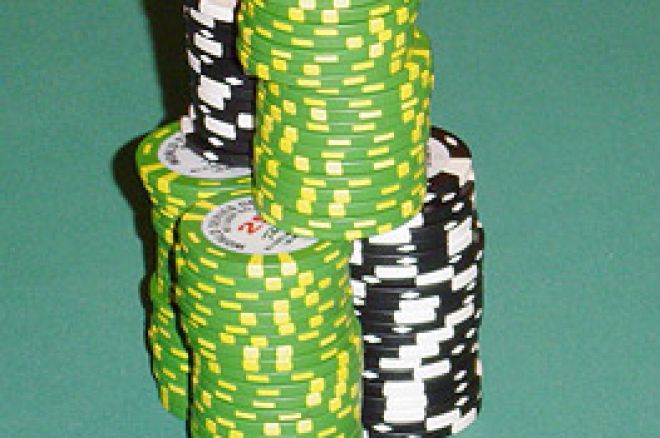
One night, after one of the dinner breaks during a final table at this year's World Series of Poker, Media Director Nolan Dalla sat down next to me as we watched as five players (out of the nine who started six hours previously) got ready to go again. "Earl," Nolan remarked, "we used to have final tables at previous World Series events and have them done in three, four, maybe five hours. It seems like every time we sit down for one now, it's at least eight or nine and sometimes goes on as long as twelve hours. Why is that?"
It's an excellent question, posed by a man who has seen more in the world of poker than I have (so far, Nolan!). The shortest final table I witnessed at this year's event was eight hours; we were all thankful for a short evening and you should have seen the media clear out as soon as it was completed. What follows is the exact same thing I told Nolan, and it has relevance as to the state of tournament poker in this century.
First off, the size of fields have to be a main contributor. Previous to this century, the only events that pulled over 300 players in the World Series was the Main Event. With the advent of the Internet, as well as the increase in satellite entries and players straight out buying into the events, those numbers began to grow astronomically. Last year's 2,576 in the Main Event was a threefold increase on the previous year's record field, and this year look for Harrah's to find some more tables somewhere and crack the 7,000 mark (remember, you read it here first). Of the events that have played to this point, only eight of the 31 events have had less than 300 players.
When you have a huge amount of players, that will translate into a huge amount of chips. The World Series is known for its fantastic blind structure, which allows players to emphasize their skills over straight out luck (although there still is that factor). This same blind structure doesn't eat into a chip stack the way it did several years ago; players can afford to sit back and wait for their moments to strike at the field with their inflated chip stacks.
When you do reach a final table, the average stack is somewhere in the neighborhood of fifty times whatever the big blind is. Even with short stacks in the field, it is going to take some time to get them out of the way. Those short stacks have learned that they can nurse those chips until their moment comes around and, with a strong hand, challenge the larger stacks at the table. The large stacks, knowing they have the odds to make a call, are making the call with less of a hand than what the players down to the felt have, resulting in a majority of times the short stack doubling up and staying around. The rarity of a triple all-in (such as the one I witnessed between Bill Gazes, Webber Kang and Minh Nguyen in the $1,500 No-Limit Event) was one instance where the combatants all had quality hands to go to battle with.
To continue, the gulf of expertise between the professionals and the "amateurs" has shrunk tremendously. With online poker, the vast number of books, DVDs, television programs and training camps being run by the professionals, there isn't the wide experience gap that once existed. When someone says that it takes someone a few years to learn now what it took the road gamblers of old decades to learn isn't joking.
Look back and remember how many times you might have heard someone who won a big tournament say, "I have only been playing seriously for _______ (fill in the blank, and it usually is only a couple of years, if not only a few months)." It has happened frequently in the past couple of years. Look back at the influx of younger players, weaned on the Internet game, and their impact in last year's World Series. In many ways, there isn't the "grizzled veteran" taking the "young rookie" to school anymore (but it does happen, on occasion).
Finally, playing tactics have changed. I know I have noticed that some of the players today do not wish to play poker. They make the decision to move their stacks "all in" preflop, thus eliminating any play of the hand on the flop, turn or river. These "all in" poker specialists have removed the edge that the professionals have previously had, that of being able to outplay someone through their working of the board, their betting and psychology. When you have someone who drops their chips in the center of the felt and then have four or five players who take some time to make a decision to fold around to that player, it stretches the length of a tournament out. When you have more than one player who is that "all in" specialist, you could time a tournament with a calendar.
Having said all of this, it is refreshing to see the professionals beginning to figure out the tactics of many of the new players they are facing. It was thought, with the size of the fields they would face in this year's Series, that the professionals would be overrun. The exact opposite has happened. The professionals have been the ones capturing the majority of bracelets, and there are usually four or five strong professional players at a final table. One look at the World Series Player of The Year leader board and the names there (including Ferguson, Violette and Seif, among others) should show that the pros are beginning to catch on.
Poker is a game that anyone can win and at anytime. In this "golden age" of the sport, it is fascinating to watch its development and wonder where it will go in the future. Just make sure you are ready for that twelve hour final table if you are playing in the 21st century!
Ed Note: Play some 21st century poker with Gus Hansen, Tony G, and Erik123 every day at Pokerchamps.

